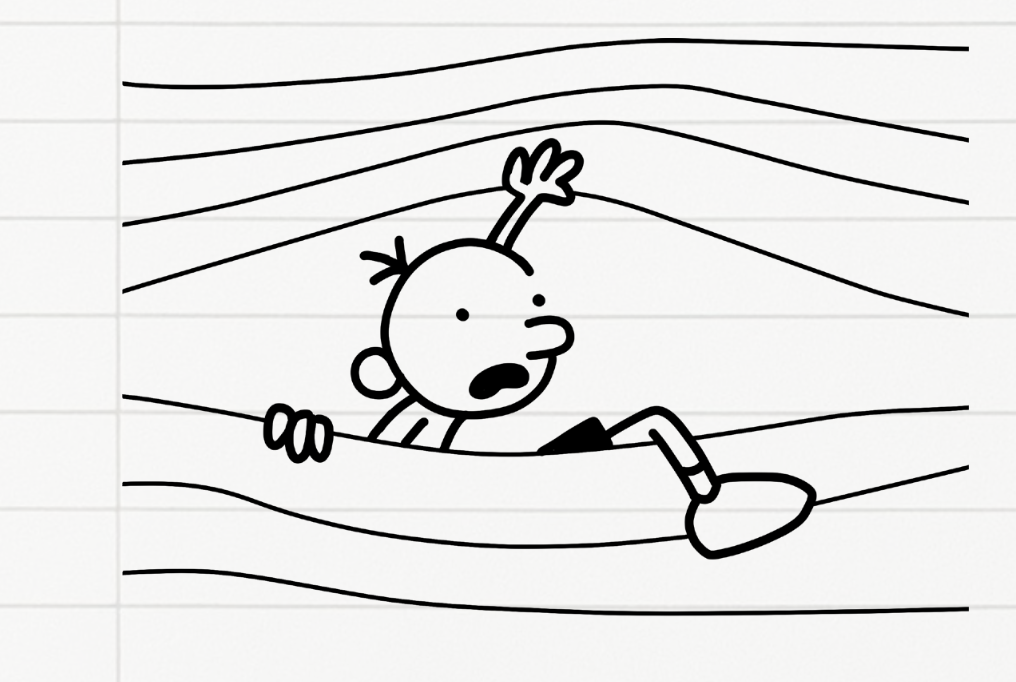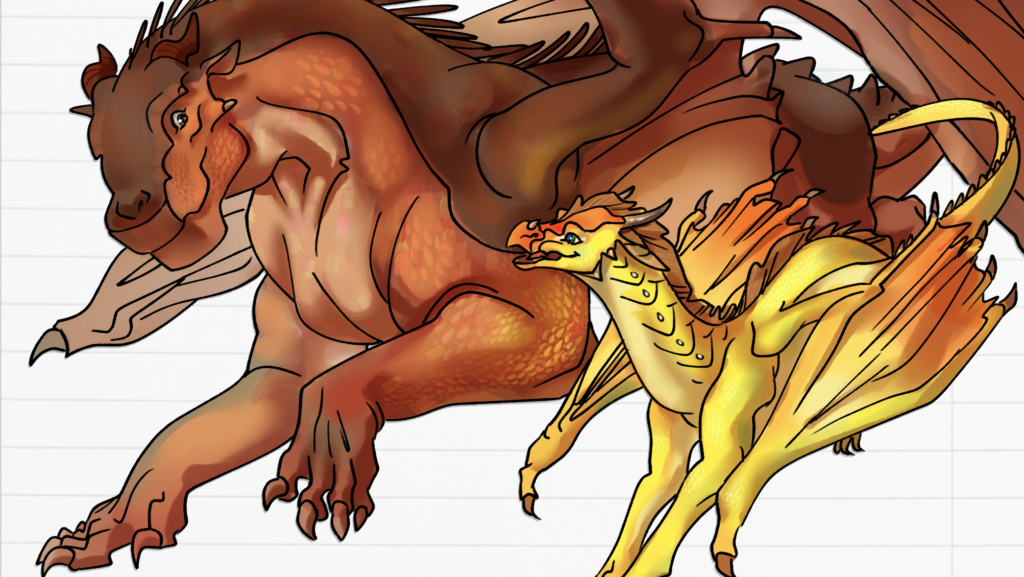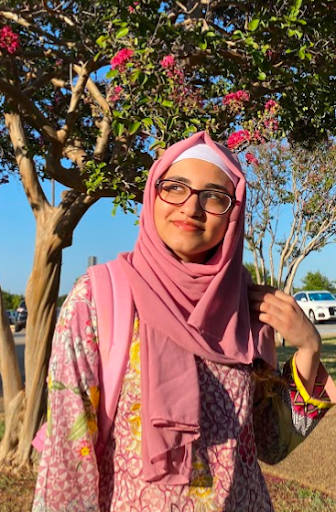
Ah, those nostalgic days when the FitnessGram PACER test had us dashing across the gym, our sneakers squeaking on the polished floor as we raced against our own breathless hearts. Field trips brought uncharted adventures, with youthful spirits bubbling with anticipation as we boarded the buses, windows framing a world of possibilities beyond. And oh, the holiday-themed parties, where our classrooms transformed into magical realms, twinkling with paper snowflakes and candy canes galore.
But amidst these cherished memories, there stood one tradition that cast a radiant glow of enchantment and nostalgia — the Scholastic Book Fair.
Picture it: a crisp autumn morning, leaves crunching beneath our sneakers as we made our way to the school’s bustling library. Colorful posters adorned the walls, each one a preview of the literary adventures that lay ahead. As we stepped through the library doors, it was as though we had entered a portal to a realm where books reigned supreme.
If you went to an American public school, you probably remember that one week every year the book fair took place in your library, gym, or auditorium. Sites like Vox and Buzzfeed have recently put out memorable posts on relatable experiences from the fair that 2000s kids can surely remember, as shown by the high like and comment rates. Prominent YouTubers like NakeyJakey and popular TikTokers like @thekidke_ and @rebecca.amyeileen have shined a light on the warm memories students and present-day teachers have of the fair, with many of these videos garnering well over 1 million views. The day of escapism from class, the fun exploring the fair with peers in the library, the enchanting world of books waiting to be discovered — it all made the Scholastic Book Fair a cherished event.
The Book Fair wasn’t just a fleeting event, it was a gateway to a world of knowledge and wonder that left a lasting mark on many of us. The fair’s unique ability to ignite an unquenchable thirst for reading and appreciation for books is a testament to its enduring charm. I’d argue that bringing book fairs to college campuses has the potential to rekindle a passion for recreational reading and intellectual exploration. Such an event can offer a welcome escape from the demands of academic rigor, creating a space where students can rediscover the joy of reading. Just as the Scholastic Book Fair did during our formative years, college-level fairs could introduce students to a diverse range of literature and ideas. By fostering a culture of reading and curiosity, these fairs can empower students to engage with the world of books and ideas beyond the classroom, enriching their college experience and nurturing a lifelong love for learning.
One of the most memorable recurring items at the fair for me was the Guinness Book of World Records, which I would always see students huddled around, fascinated with the vivid illustrations of fun, freaky record-setters. Most kids didn’t buy one, but they leafed through the pages of the new edition year after year. Other memorable book series that became a hallmark of the 2000s book fairs included, at least for my peers, Diary of a Wimpy Kid and the Captain Underpants series.
Knick-knacks were also a popular purchase at the fairs, and products could range from candy-themed pens to those adorable triple highlighters in the shape of a triangle. I vividly remember those fun but not very functional bendy pencils kids used for max up to a week, but were a worthwhile purchase due to the smiles the bright, neon colored stationary brought to my friends faces. In addition, there were loads of stickers, fun-shaped erasers, bookmarks, journals, jewelry, board games, art supplies, puzzles, magnets, calendars, you name it.

The Book Fair was more than just an event; it was pure joy. Scanning books, discovering unique trinkets, and exploring the world of stationery with friends created unforgettable moments. Yet, the magic didn’t end there—it extended to the pre-book fair catalog. Who can forget those beautifully illustrated catalogs, each product accompanied by an order form at the back? For many kids, it marked the first time they ordered a product themselves — with their parents’ approval, of course!
I fell in love with the YA series Matched by Ally Condie and collected the entire book series over the coming years. I still remember the cover which captured my attention the day I walked into the book fair in the fourth grade. The cover was a simple but striking image of a young woman, Cassia Reyes, trapped inside a glass orb, wearing a beautiful lime green dress. The orb was perfectly clear, but there were small cracks in it, suggesting that Cassia is not truly free. With each new installment, the book covers would transform, mirroring Cassia’s evolution. The glass orb, once a prison, would be shattered over the next two book covers, symbolizing her triumphant escape from the stifling bonds of a repressive world. The poetic nature of the series, as her story unfolded, left a mark on me during my elementary years and ignited a deep appreciation for literature that delves into the complexities of freedom and self-expression.The book still elicits feelings of wonder and magic in me, especially as a burgeoning dystopian YA fan (The Hunger Games would consume my conversations with friends the upcoming year).
I remember how the Book Fair had a profound impact on my classmates. It led them to become avid fans of book series. It kindled lasting interests in genres like YA dystopian fiction, science fiction, endearing coming of age stories, and even sparked a love for eccentric chronicles like the Guinness Book of World Records. The Book Fair had a remarkable ability to awaken an unwavering thirst for reading and a profound appreciation for the world of books. In today’s fast-paced college world, recreational reading has taken a backseat, and it’s time to bring back that sense of wonder and exploration.
As we reminisce about the Scholastic Book Fair’s enchantment, it’s worth considering an idea: Why should the magic be limited to elementary schools? Imagine if colleges and universities hosted their own Scholastic-style book fairs. It could provide a welcomed break from the rigors of higher education and reignite that passion for reading and learning that many of us experienced in our youth. Just as the Book Fair kindled the spark of curiosity in elementary school, a college-level fair could help students rediscover the joy of reading amidst their busy schedules. Expanding on the idea of bringing the Scholastic Book Fair experience to college campuses, it’s essential to recognize the profound impact this tradition had on our formative years.
Let’s advocate for the introduction of Scholastic-style book fairs on college campuses. The prospect of blending nostalgia with intellectual growth could enrich the college experience. Who wouldn’t want a bit of nostalgia and a wealth of learning during their college years? It’s time for college students to unlock the enchantment of the Book Fair and rediscover the joy of reading amidst the demands of their academic lives.
(Sources Used:)
Vox: https://www.vox.com/culture/2017/10/4/16413116/scholastic-book-fair-explained
Buzzfeed: https://www.buzzfeed.com/ishabassi/scholastic-book-fair-memories-2000s
NakeyJakey: https://www.youtube.com/watch?v=JDVvVGWkQ4U
Tik Tok: https://www.tiktok.com/search?q=scholastic%20book%20fair&t=1694402992973

Comments